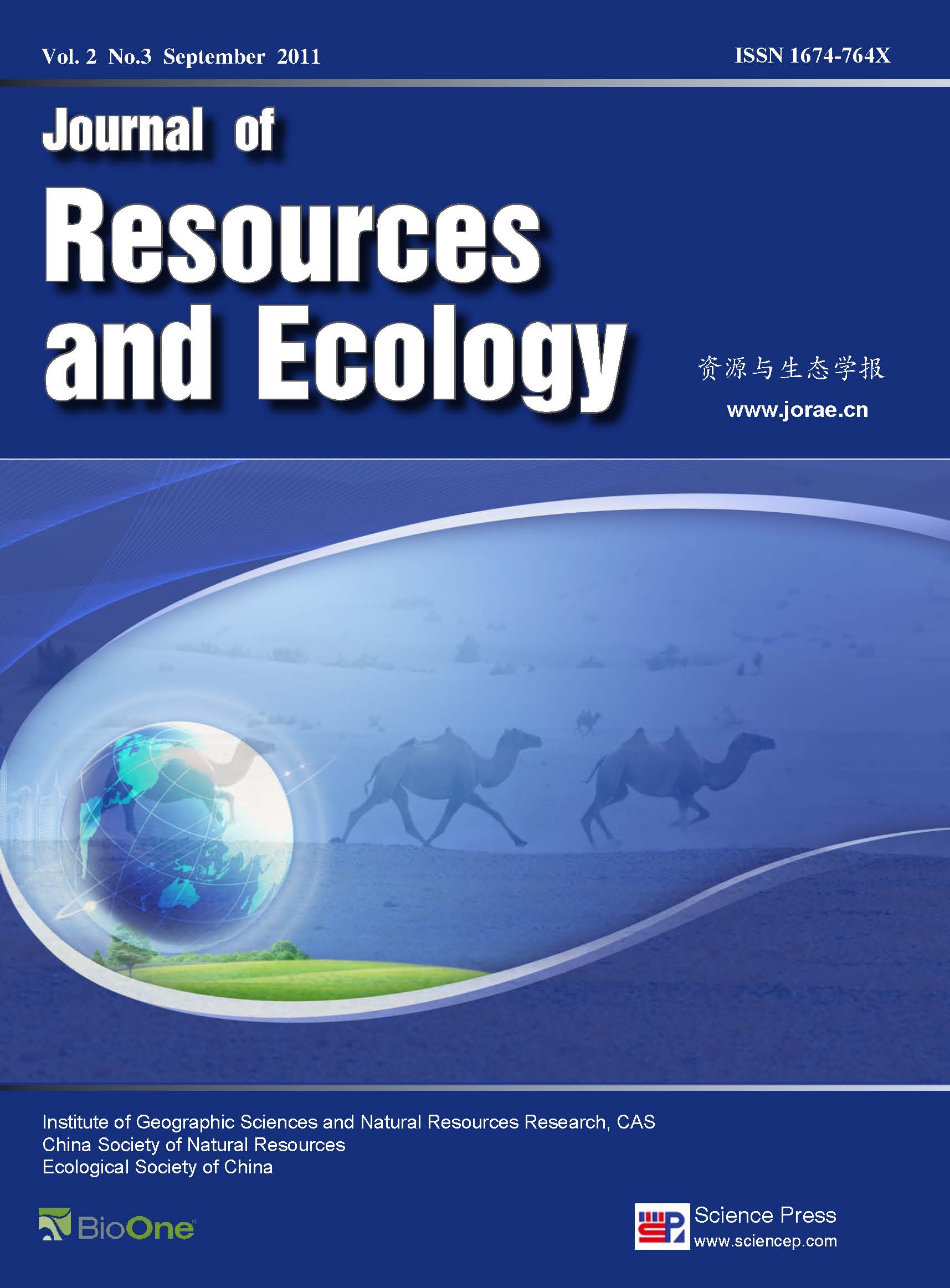Articles
WANG Feng, CHU Jianmin, WANG Xuequan, CUI Xianghui, WU Bo, YANG Wenbin, LU Qi
The Kumtag Desert, the fourth largest sand desert covered mainly by mobile dunes and shifting sands, had remained as the last untouched natural desert to be fully investigated in a scientific way. Therefore, “Integrated Scientific Expedition of the Kumtag Desert Programme” was listed as one of nine key research programmes of China National Science and Technology Basic Research Programmes in December, 2006. The expedition team carried out two large-scale and multidisciplinary scientific expeditions from June 2007 to December 2009, to the Kumtag Desert and collected more than 20 sets of field samples and ground observations. Finally, the expedition team completed not only systematic and integrated scientific expedition of the Kumtag Desert and filled in the gap of the last unexplored desert in China, but also gained fruitful research results in many scientific research subjects. These research results included that: (i) A unique aeolian landform unit, sand-gravel-moraine, developed in the Kumtag Desert, was defined and named for the first time, and the morphologic characteristics of feather-like longitudinal sand dune and its formation process are initially proved; (ii) Two sources and mineral element composition of the surface sedimentation of the Kumtag Desert was determined, and the characteristics of the desert sedimentation and stratum chronology of the Later Cenozoic Era was illustrated; (iii) The chronology of the paleo-aeolian sand was essentially determined and the formation courses and evolution process of the desert was illustrated; (iv) The thorough investigations of water system distribution, hydrology, chemical characteristics of water of the Kumtag Desert were made and six Water System Evolution Maps of the Kumtag Desert were compiled from the Later Cenozoic Era to the contemporary age; (v) The types, formation processes and distribution of soil in the Kumtag Desert were fully determined; (vi) An all-direction, all-weather, full-coverage desert meteorology observation was established and the characteristics and trend of climate change of the Kumtag Desert and nearby districts were adequately illustrated; (vii) It is the first time that the distribution areas of six plant species, including Tamarix taklamakanensis, Tamarix albiflonum, Agriophyllum lateriflorum etc., were catalogued in the Desert; (viii) The varieties, population, quantity and distribution of the wild animal such as the Bactrian Camel (Camelus ferus Przewalski), are now documented; And (ix) it is the first time that the ecological services and economic function subdivision zones of the Kumtag Desert were classified; the Framework of the Great Dunhuang Special Ecological-Economic Zone was proposed to realize the sustainable development strategy in population, resources, environment, ecology and economics in the Kumtag Desert and nearby districts.
